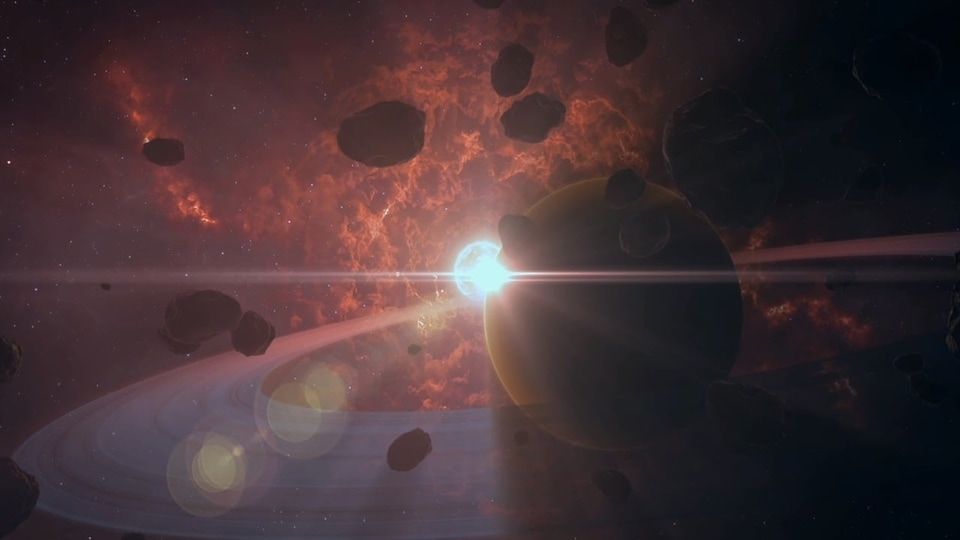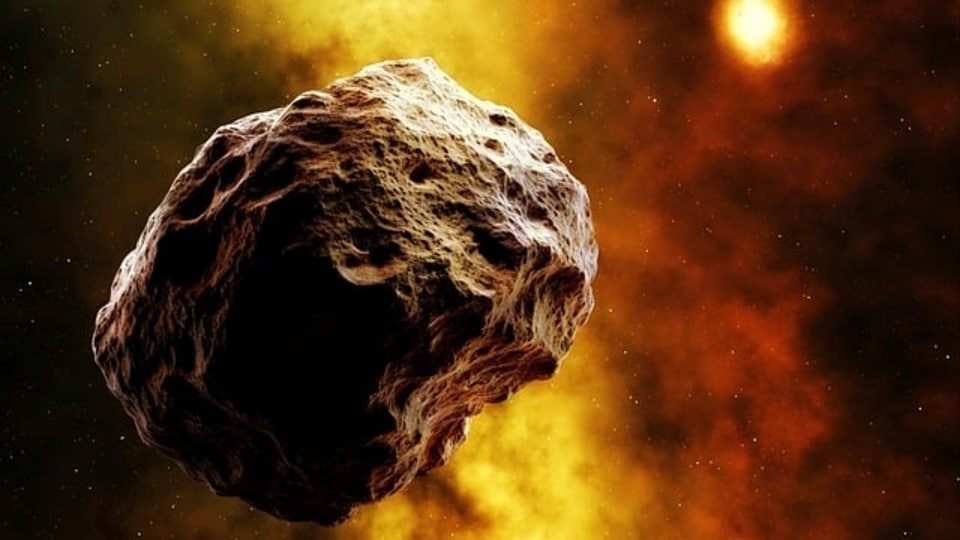Asteroid 2024 AE3 to pass by Earth today, says NASA! How big is it? Find out
NASA has shed light on an Apollo-group asteroid expected to pass Earth by a close margin today, January 19. Know its speed, size, distance of approach, and other details, as per the space agency.






 View all Images
View all ImagesNASA, with the help of its advanced space and ground-based telescopes, has recently tracked the asteroid that is set to pass Earth today, January 19. The asteroid, given the designation of Asteroid 2024 AE3 by NASA's Center for Near-Earth Object Studies (CNEOS), is travelling towards Earth in its orbit at a breakneck speed of 27076 kilometers per hour, which is almost as fast as Intercontinental Ballistic Missiles (ICBMs)!
NASA expects this space rock to fly past Earth at a close margin of approximately 4.2 million kilometers.
Asteroid 2024 AE3: Details
While this asteroid will pass by closely, it isn't big enough to cause panic or any potential damage. As per NASA, the asteroid is 160 feet wide, making it almost as big as an aircraft! However, if it crashes on Earth, it could still cause damage to a certain degree especially if that happens to be in crowded places like cities. In 2013, a smaller 59-foot asteroid exploded over the city of Chelyabinsk in Russia, damaging 7000 buildings and injuring over 1000 people injured. This asteroid is almost triple the size of the Chelyabinsk asteroid!
Asteroid 2024 AE3 belongs to the Apollo group of Near-Earth Asteroids, which are Earth-crossing space rocks with semi-major axes larger than Earth's. These asteroids are named after the humongous 1862 Apollo asteroid, discovered by German astronomer Karl Reinmuth in the 1930s.
NASA has also revealed that Asteroid 2024 AE3 has passed Earth before. It first flew past the planet on March 10, 1950, at a distance of almost 72 million kilometers. NASA says that after today, this asteroid will come close again on December 6, 2043, and it will pass the planet by a distance of 27 million kilometers.
Asteroid hunting using AI
Did you know that astronomers have also turned to algorithms for asteroid hunting? According to a study published by the University of Washington, an algorithm, named HelioLinc3D, helped researchers discover a potentially hazardous asteroid. Asteroid 2022 SF289, which is almost 600 feet wide, was discovered during the algorithm's test in Hawaii and has not been deemed as dangerous in the foreseeable future.
As per the study, the algorithm that was used to discover Asteroid 2022 SF289 will be used at a survey telescope known as Vera C. Rubin Observatory in Chile. The HelioLinc3D algorithm uses Rubin's dataset to find and track asteroids. The survey telescope, which was previously known as the Large Synoptic Survey Telescope, will be used to study the dark matter and unearth secrets of the Milky Way Galaxy when it becomes operational in 2025. It is also expected to boost the discovery of potentially hazardous asteroids.
Also read other top stories today:
AI Healthcare Risk! "As LMMs gain broader use in health care and medicine, errors, misuse and ultimately harm to individuals are inevitable," the WHO cautioned. Know some of the benefits too. Check them out now here.
No ChatGPT Bang for Bing Buck! When Microsoft announced it was baking ChatGPT into its Bing search engine, bullish analysts declared the move an “iPhone moment”. But that does not seem to have happened. Know what happened here.
Humans Trump AI! OpenAi CEO Sam Altman is saying people are smart enough to figure out what to use ChatGPT for and what not. "People have found ways to make ChatGPT super useful to them and understand what not to use it for, for the most part," says Sam Altman. Read all about it here.
One more thing! We are now on WhatsApp Channels! Follow us there so you never miss any updates from the world of technology. To follow the HT Tech channel on WhatsApp, click here to join now!
Catch all the Latest Tech News, Mobile News, Laptop News, Gaming news, Wearables News , How To News, also keep up with us on Whatsapp channel,Twitter, Facebook, Google News, and Instagram. For our latest videos, subscribe to our YouTube channel.































